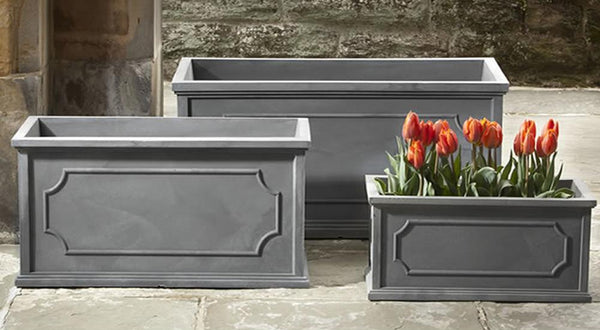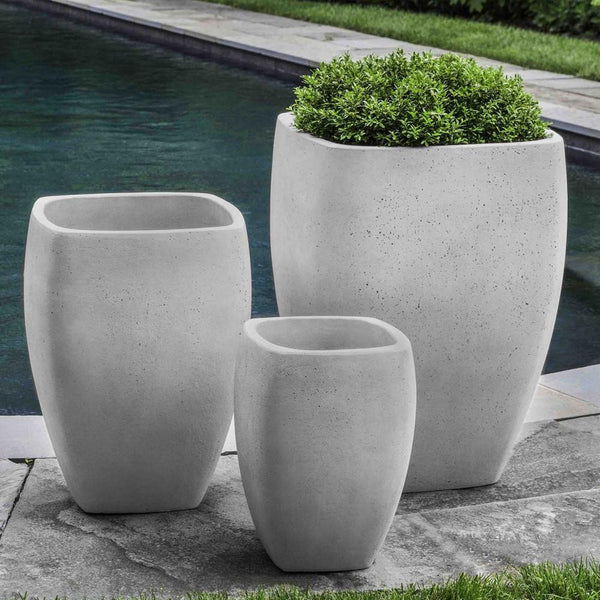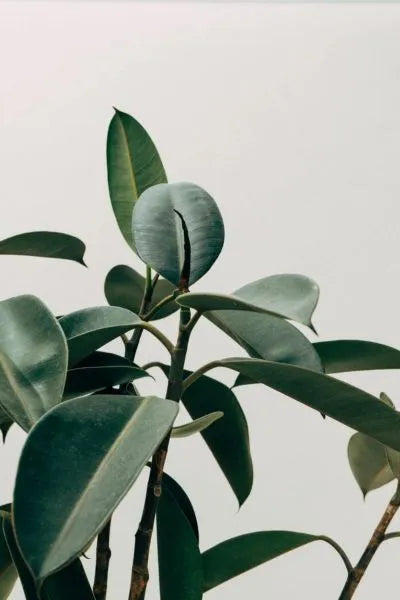Winter is upon us and your leafy friends outside are starting to get chilly. You are going to need to bring your outdoor potted plants as they could be harmed by freezing temperatures. While it may seem like you can just grab your plants and bring them right on in your home, there are also additional steps you should follow when transitioning outdoor plants indoors to avoid later complications such as insects and stressed plants.
Bringing Plants Inside for Winter
As winter approaches and the temperatures drop, bringing plants inside is a thoughtful way to safeguard their well-being and extend the joy of gardening throughout the colder months. Creating a green sanctuary indoors not only adds life and vibrancy to your living spaces but also offers numerous benefits, such as improved air quality and reduced stress.
Follow these steps to bring your outdoor plants inside for the winter.
Inspection
You should never bring an outside plant into your home without conducting a thorough inspection for pests. Pests such as mites can infect all of your indoor plants in less than a month and any gardener that has dealt with these plant-vampires will tell you that they are nasty little critters to get rid. Potted plants can make the perfect home for all types of insects and it can be in your best interests to run your plant under a gentle stream of water prior to bringing it inside.

Hampshire Poly Window Box - Set of 3 in Lead
Repotting
Your outdoor plants have been getting summer and fall sun for months and they are undoubtedly much bigger than when you put them out. Repotting these plants can help them to continue to grow healthy indoors by providing for additional root space. Never repot too small. Your new pot needs to be at least 2" bigger than your old pot. But you may also need a planter for small spaces if it is moving inside.
Avoid going too big as well because this will limit your options for next season as well as increase your water consumption. Remember now that these plants are inside they are going to be running off of your water bill as well. Water is wasted with a pot that is too large because the roots are not able to reach the water before it dries up.
Avoid Shock
Your plants are going to feel stress from the change in sunlight they are receiving once they move indoors. This can lead to stunted growth and even death. The best way to avoid this problem is to precondition your houseplants before they go inside. When a plant is stressed, disease and pests are more likely to strike with added effectiveness. To avoid stress you need to plan ahead and remember that your plants are just like you in that a drastic change in their lifestyle will affect how they develop.

Cedros Planter in Playa Blanca - Set of 3
Sunlight Reduction Method
Start by moving your outdoor plants into a window that faces southward for 3 weeks. Your plants will be able to feel the difference as the window will refract much of the rays the plant is used to receiving. This will also allow your plant to adjust to the new lighting scenario. Then move the plants to an eastward facing window. This gradual decrease in sun exposure can help your outdoor plants to cope with the changes of living indoors. Small Geo Planter is perfect for this. A unique planter system, it holds three rectangular fibre cement planters on a sturdy metal stand, offering endless versatility and mobility.

Small Geo Planter - Set of 3
Humidifier
Adding a humidifier to your dry indoor air can be one of the best ways for plants and humans to stay hydrated during the winter months. Plants are constantly feeling the air for tiny water molecules. Indoor plants and be used to much lower humidity levels than their outdoor counterparts and you will need to help adjust your outdoor plants, so they can transition without problems.
If you do not have a humidifier you can always just mist your plants twice a day. Misting once in the morning and once in the afternoon helps keep your plants from feeling stress from the transition and also helps to keep the leaves of your plants healthy.
Avoid Over-Watering
Your plants are going to be adjusting to receiving less sunlight than before and because of this, they are going to turn down all of their consumption including water. Use your index finger and run it across the top of your plant's soil to see if it is dry. Overwatering your plants, especially cactus and succulents, can stunt its growth and it is possible to drown your roots. You will also need proper succulent containers to bring them indoors.
An automatic feeder can help to reduce your workload and keep you enjoying your new indoor companions without worrying about keeping them hydrated. Automatic feeders come in a wide variety of styles including one-pot designs.
Spring Feedings
Feed your plants approximately one month prior to the date you plan to take them back outside. This will help them kick into high gear when they get into the sun. You should only use half-strength fertilizer as you can give your plants nutrient burn if you give them a full-strength dose.
When to Bring Plants Inside
It's crucial to know when to bring plants inside to protect them from the cold. Generally, it's time to move plants indoors when nighttime temperatures consistently drop below 50°F (10°C). Frost-sensitive plants should be brought in earlier, while hardier ones can withstand slightly cooler temperatures. Keep an eye on weather forecasts and act preemptively. Before transitioning, inspect plants for pests and trim any dead or damaged foliage. By bringing plants inside at the right time, you'll ensure their survival and enjoy a thriving indoor garden during the winter months.
Wrapping Up
Bringing your outdoor plants inside for the winter can be a great way to keep them healthy and thriving all year long. By following the tips outlined in this post, you can ensure that your plants make a smooth transition from the outdoors to indoors. Remember to gradually acclimate your plants to their new environment, provide them with adequate light and water, and keep them away from drafts and extreme temperatures. With a little care and attention, you can enjoy the beauty of your outdoor plants inside your home during the colder months, and then transition them back outside when the weather warms up again.
Now that you understand how to transition your plants indoor properly, you should never have any problems in the future making sure your favorite plant stays healthy all year round. Follow the tips in this guide and you are guaranteed to have the healthiest plants in the neighborhood. You may also want to look into how to properly give your planters winter care.

